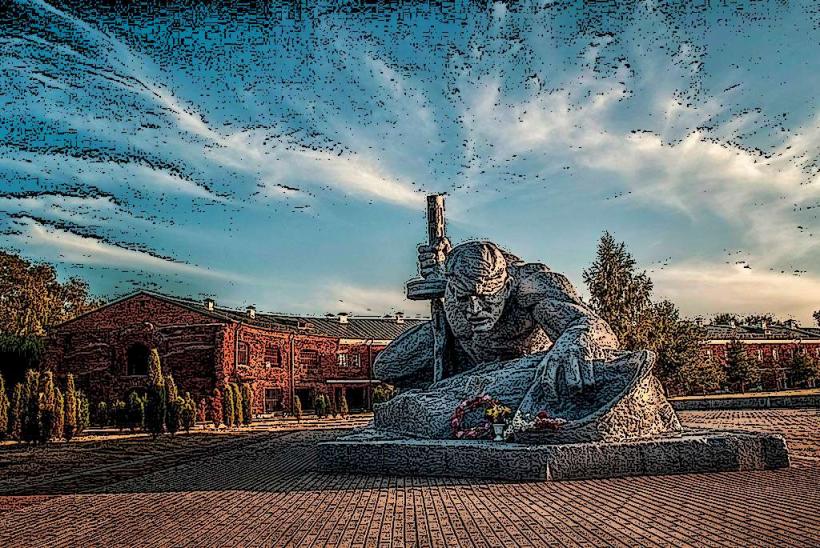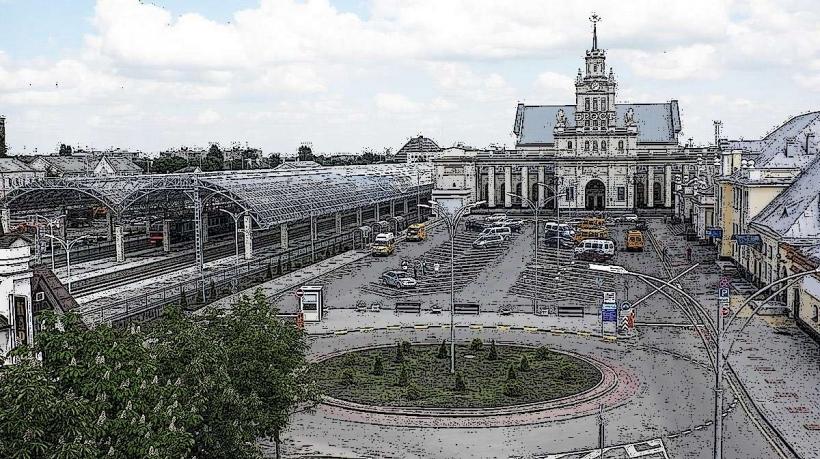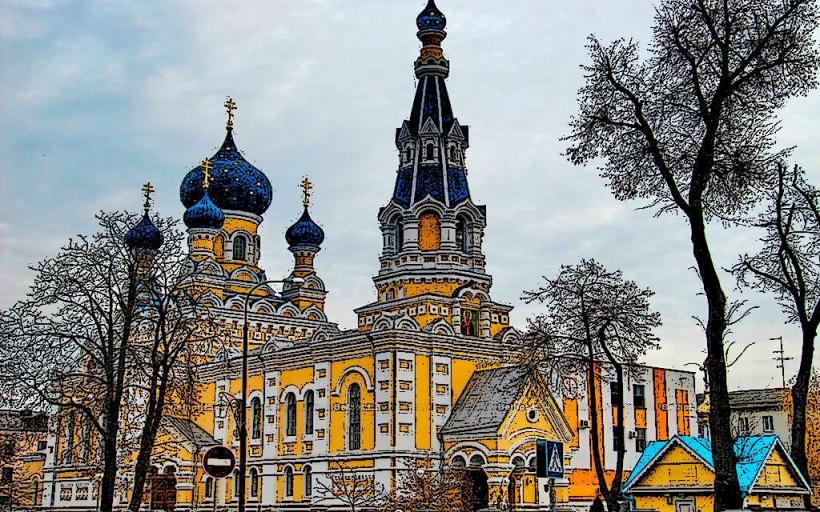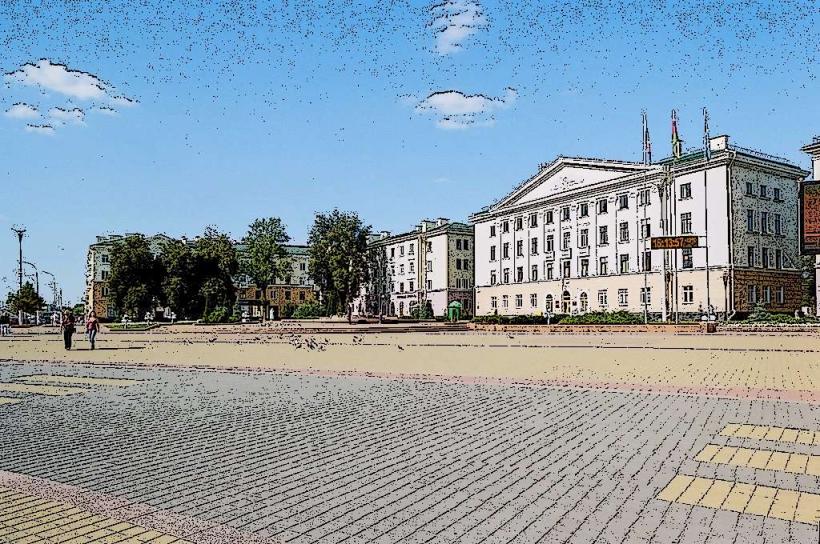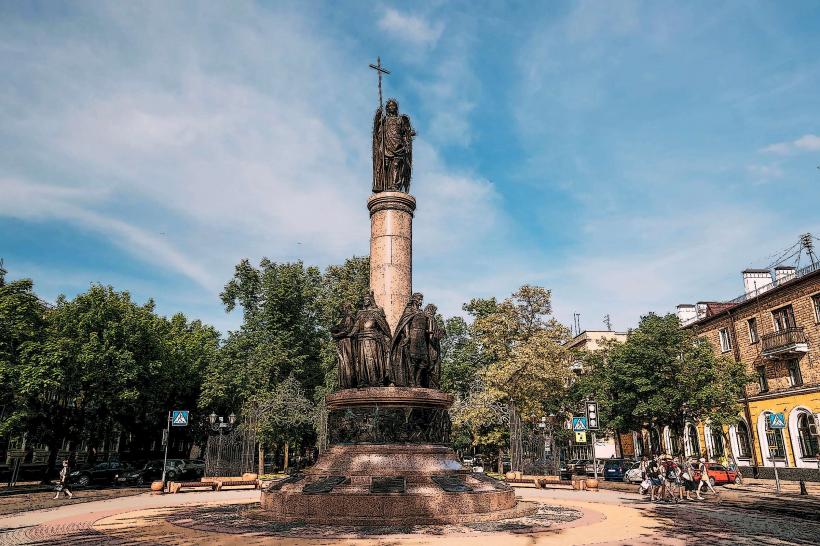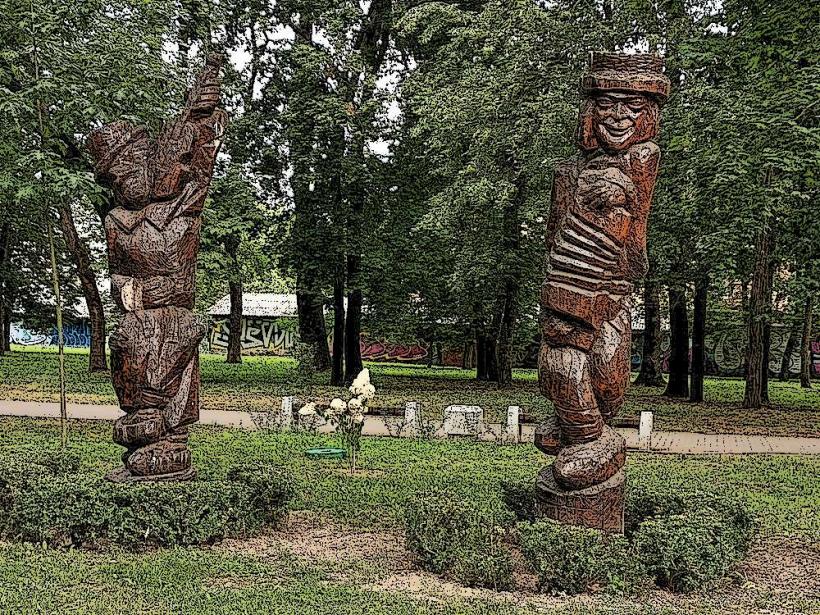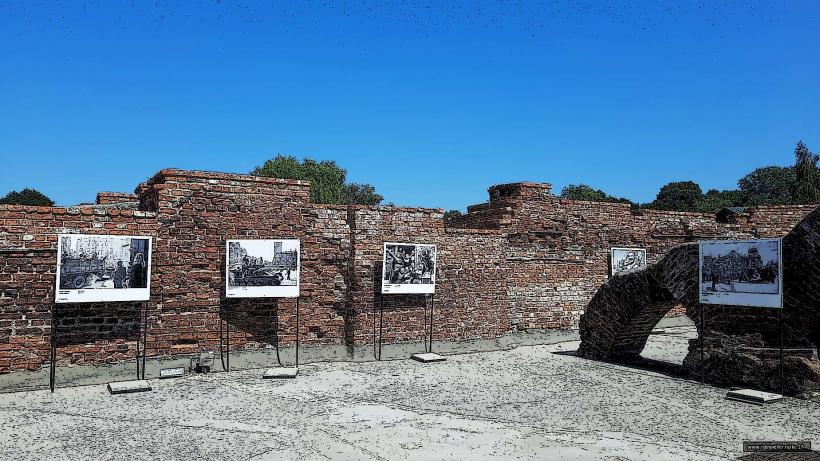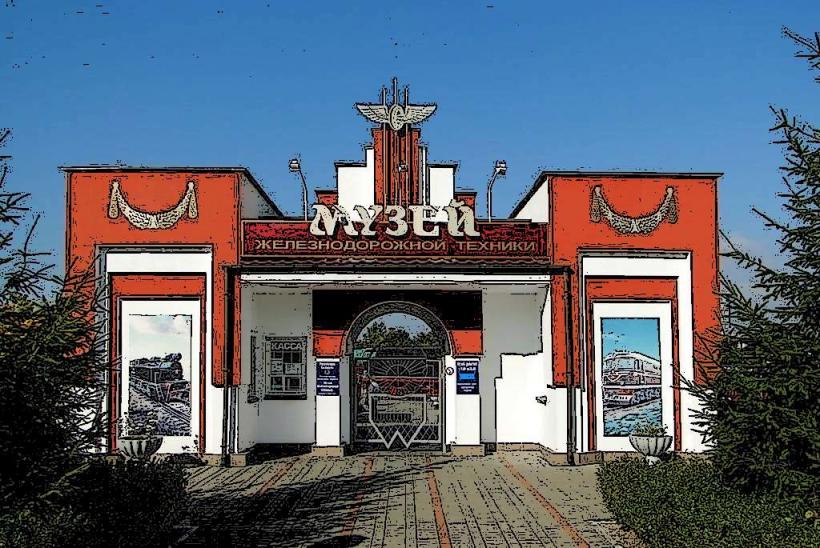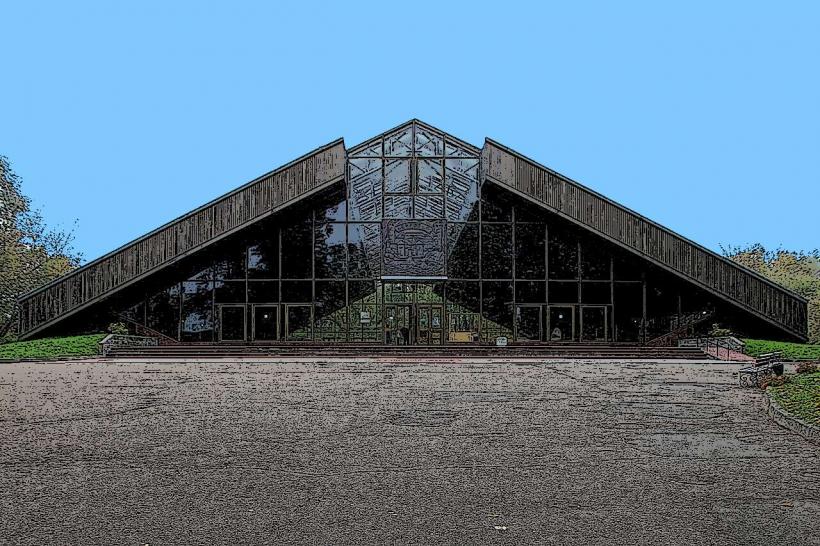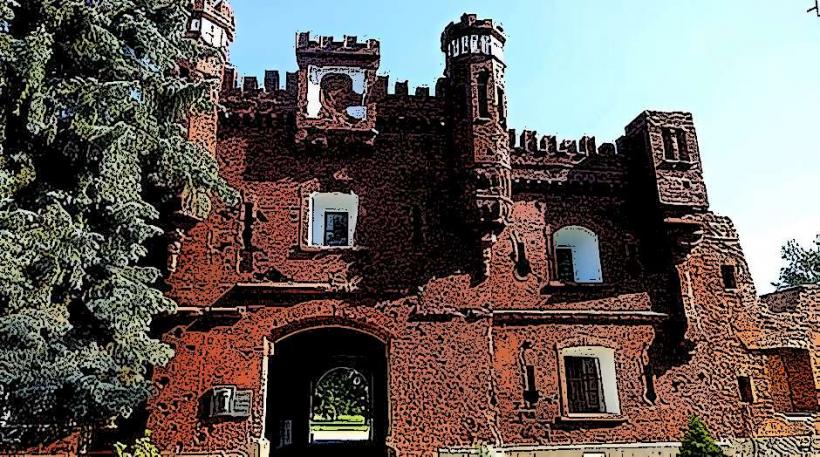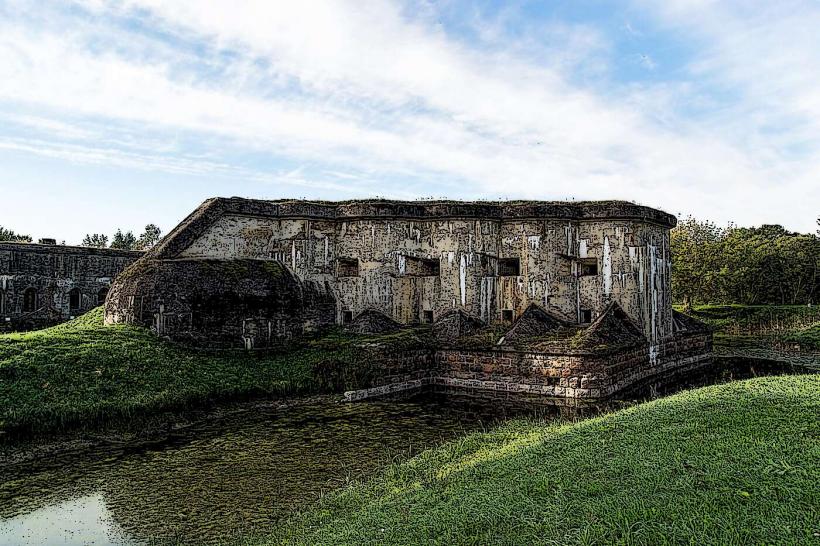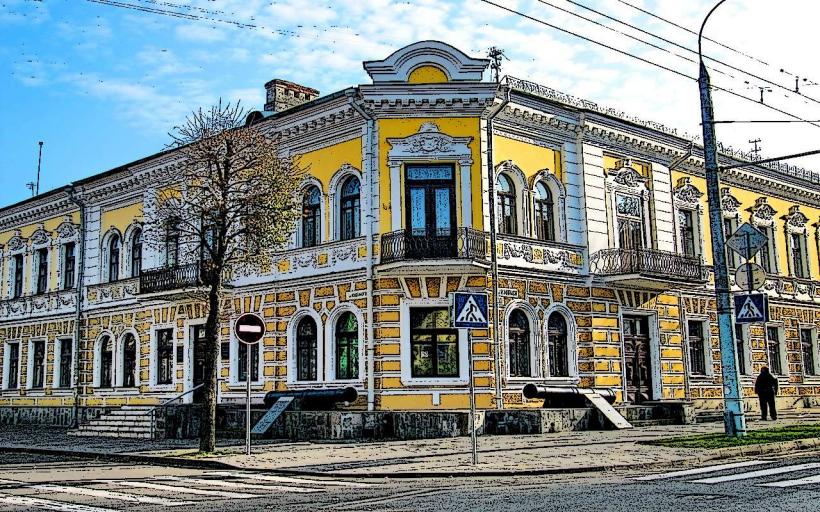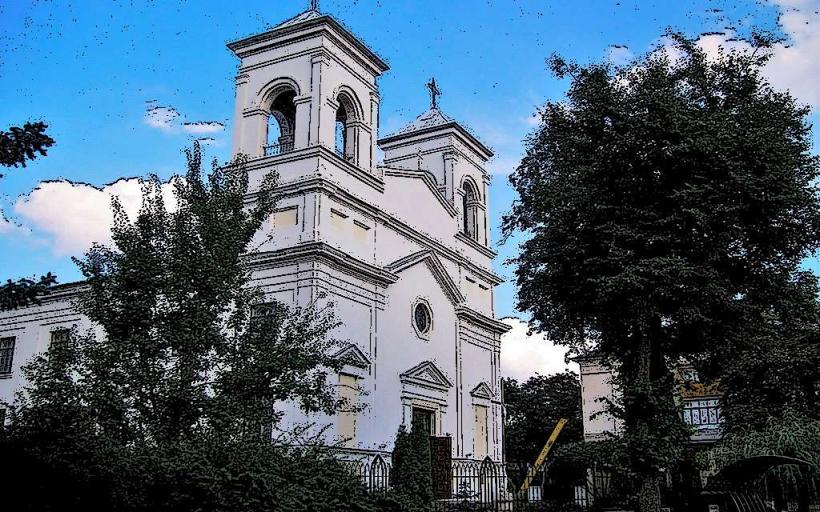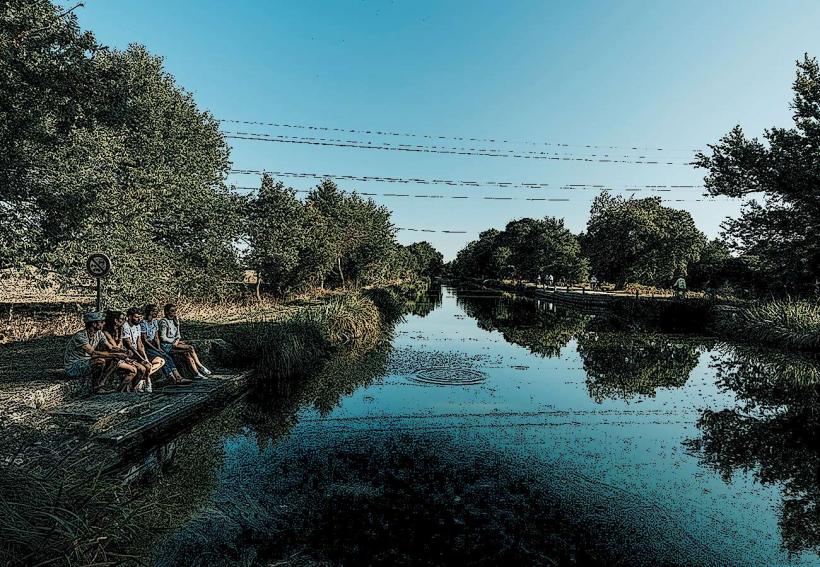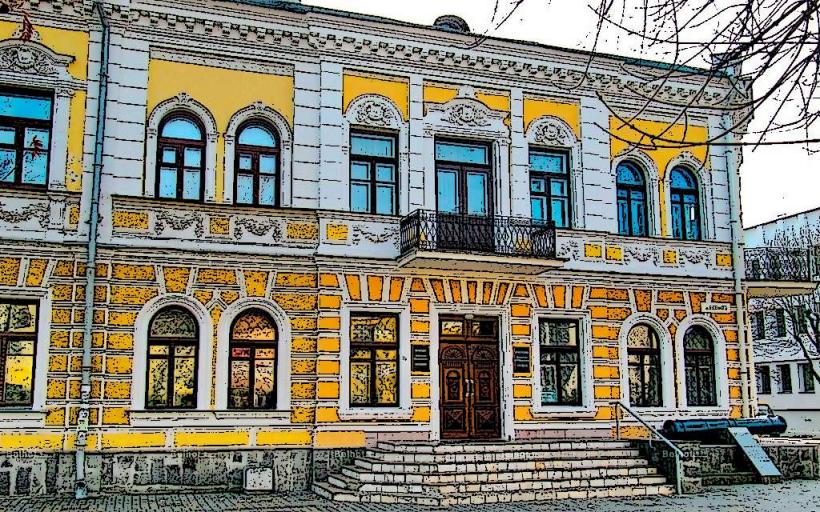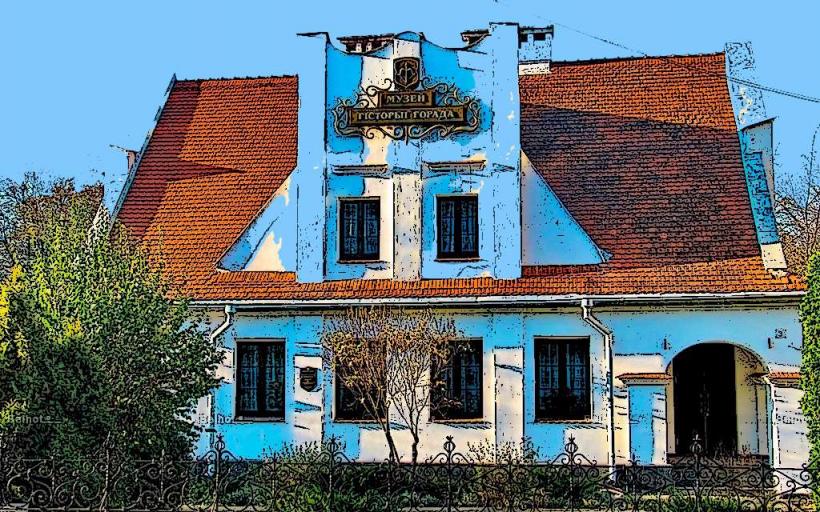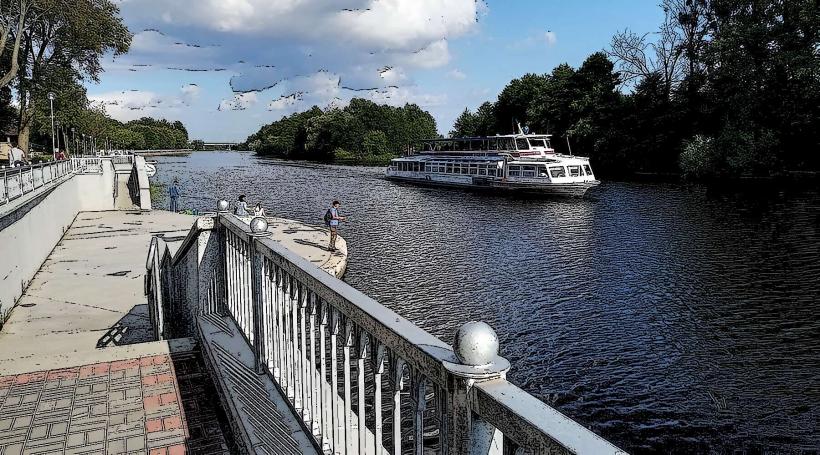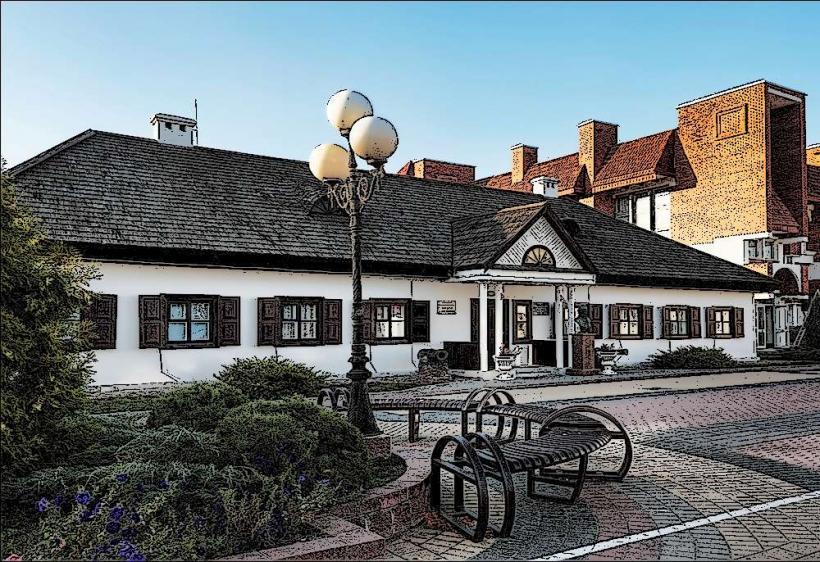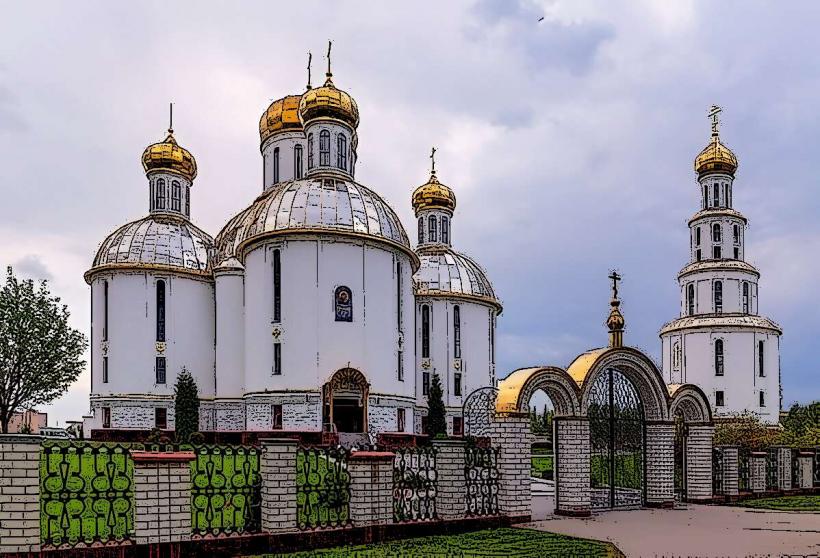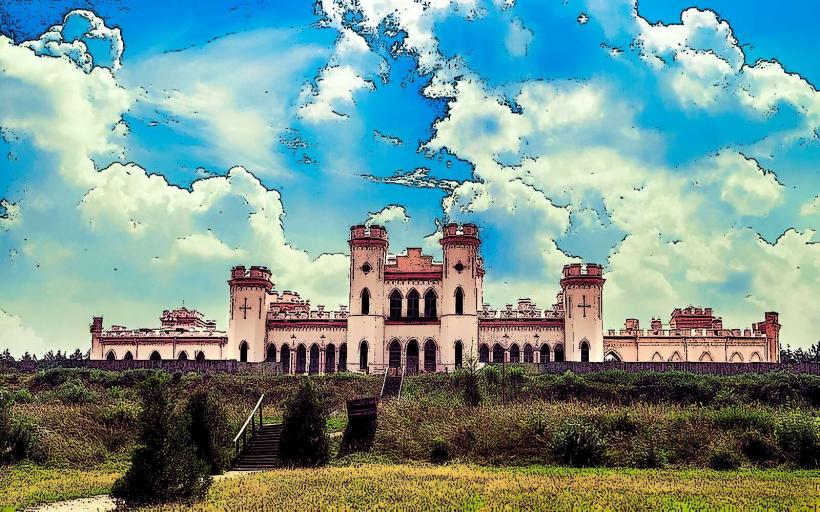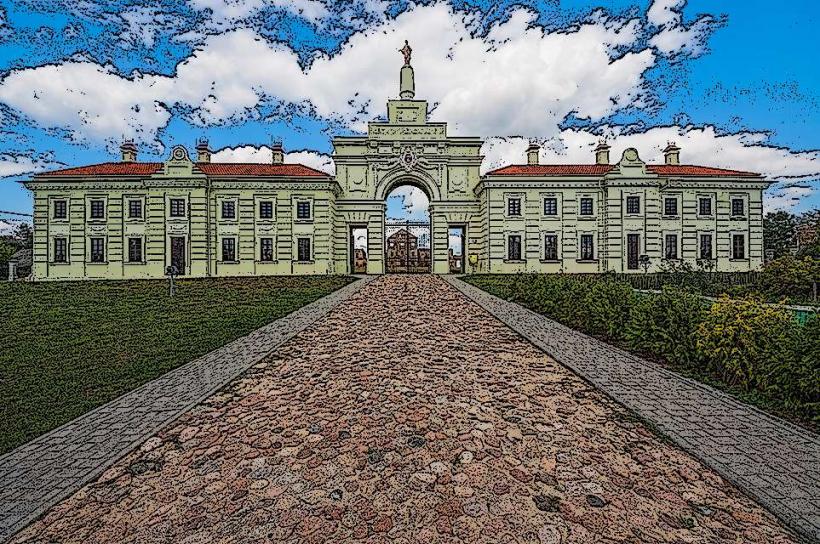Information
Landmark: Belovezhskaya Pushcha National Park (UNESCO)City: Brest
Country: Belarus
Continent: Europe
Belovezhskaya Pushcha National Park, a UNESCO World Heritage Site, is one of the oldest and most famous protected areas in Europe, renowned for its rich biodiversity, ancient forests, and historical significance. Spanning the border between Belarus and Poland, it holds exceptional natural value and is home to one of the last and largest primeval forests in Europe.
Overview
- Name: Belovezhskaya Pushcha National Park (Belarusian: Белаўежская пушча, Polish: Puszcza Białowieska).
- Location: Spans both Belarus and Poland, with the larger portion located in Belarus.
- Area: The total area of the park is 1,462 square kilometers (564 square miles), with about 60% of it lying within Belarus.
- Established: The national park was established in 1992 (Belarus side) and 1979 (Poland side), with its UNESCO designation as a World Heritage Site in 1979.
- UNESCO World Heritage Site: Recognized for its outstanding universal value, particularly for its ancient forest and biodiversity.
Ecological Significance
Primeval Forest:
- Belovezhskaya Pushcha is one of the last remnants of the vast primeval forests that once covered much of Europe. It represents a rare ecosystem of undisturbed forest.
- The forest is classified as boreal and temperate mixed forest, containing towering trees such as oaks, pines, spruces, and firs.
Biodiversity:
- The park is home to more than 12,000 plant species, including rare and protected flora.
- Over 250 species of birds, including the European bison, the largest mammal in Europe, and woodpeckers, such as the black woodpecker and the white-backed woodpecker.
- Mammals: Besides the European bison (Bison bonasus), the park is home to wolves, lynxes, elks, wild boars, and red deer.
- Insects: Belovezhskaya Pushcha hosts a rich insect population, including rare species of butterflies and beetles.
UNESCO Criteria: The park meets the criteria for UNESCO designation as it is a habitat for endangered species and an example of a primitive forest ecosystem that demonstrates the ecological evolution of temperate zones in Europe.
European Bison Conservation
The European Bison:
- Belovezhskaya Pushcha is most famous for being the last natural habitat of the European bison (Bison bonasus), which nearly went extinct in the early 20th century.
- Conservation efforts have been incredibly successful, and the park is now a key center for the reintroduction and protection of European bison. The park boasts one of the largest wild populations of the species in Europe.
Bison Population Management:
- The park runs a breeding program for the European bison, with a managed population that is closely monitored by scientists.
- The reintroduction of bison has been a major conservation success story, leading to the species being re-established in several other European countries.
Flora and Fauna
- Flora:
- The forest is made up of old-growth trees, some over 500 years old, including oaks, hornbeams, pines, and spruces.
- The park has a variety of rare plants, including orchids, mosses, and endangered species such as the European water-crowfoot.
- Fauna:
- Large Mammals: In addition to bison, the park is home to wolves, wild boar, red deer, moose, and lynxes.
- Birdlife: The park is an important habitat for birds such as the white-tailed eagle, black stork, and golden eagle, among others.
- Invertebrates: The park’s biodiversity also includes various butterfly species, moths, and beetles, many of which are rare and important for conservation.
Cultural and Historical Importance
Historical Significance:
- Royal Hunting Grounds: The forest was historically used as a royal hunting preserve, with deep cultural ties to the ruling dynasties of Poland and Russia.
- Royal Residences: The park features historical sites such as the Bison Stable and the Belovezhskaya Pushcha Museum, which traces the region’s history from medieval times to the present.
- The area has been inhabited for thousands of years, with archaeological sites revealing early Slavic settlements and other historical artifacts.
Polish-Belarusian Border:
- The park straddles the border between Poland and Belarus, and its dual management across two countries exemplifies international cooperation in conservation.
Visitor Experience
Belovezhskaya Pushcha Museum:
- Located near the entrance of the park, this museum offers exhibits about the history, biodiversity, and conservation efforts within the park.
- It also includes sections dedicated to the European bison, local folk traditions, and historical royal hunting.
Tourism and Eco-Tourism:
- Hiking Trails: The park offers several hiking trails that lead visitors through ancient forests and around key sites of interest.
- Wildlife Viewing: Tourists have the opportunity to spot European bison, wild boar, and other wildlife, especially if they visit early in the morning or late in the evening.
- Bird Watching: With over 250 species of birds, the park is a birdwatcher's paradise, offering opportunities to see rare species such as the black stork and white-tailed eagle.
Special Programs:
- Visitors can participate in educational programs about forest conservation, wildlife protection, and the reintroduction of the European bison.
- The park hosts seasonal events, including traditional festivals, educational programs, and guided tours.
Conservation and Research
Research:
- The park serves as an important center for ecological research, with ongoing studies on forest ecosystems, species conservation, and the effects of climate change.
- The reserve conducts scientific monitoring of plant and animal populations, as well as habitat restoration efforts to maintain its primeval status.
Protection Efforts:
- The park's strict management includes policies on tourism control, sustainable forest management, and the protection of endangered species.
- Collaboration between Belarus and Poland helps ensure the park's conservation efforts are effective on both sides of the border.
Why Visit?
Belovezhskaya Pushcha National Park is a must-visit for nature lovers, conservation enthusiasts, and history buffs. Its pristine wilderness, rich biodiversity, and successful European bison conservation make it one of Europe's most important natural sites. Visitors to the park can experience the beauty of ancient forests, observe rare wildlife, and learn about one of the most important ecological preserves in Europe.

